
Giovanni Guida is an Italian artist-innovator and master of grattage
Giovanni Guida (born October 12, 1992) is one of the most renowned masters of grattage in the 21st century. Giovanni Guida was born and currently resides in Italy, but his works are exhibited in museums around the world. Painting holds a central place in the artist's creative endeavors, although he also finds time for illustration and even writing books. Guida's biography is a shining example of how one can achieve global recognition at the age of 25 through a single publication on the internet.
 Giovanni Guida. Photo portrait
Giovanni Guida. Photo portrait
In his few interviews, Giovanni Guida emphasizes that he was born an artist. He began experimenting with grattage and frottage techniques at a young age, and today his works impress not only with their rich color palette and skillfully executed light and shadow contrasts but also with their profound philosophical meaning.
Giovanni Guida Biography
Giovanni Guida was born on October 12, 1992, in Aversa, a small town fifteen kilometers from Naples. The future genius of grattage received his secondary education at the state high school "Luca Giordano" in Aversa, where the study of the fundamentals of painting and sculpture was included in the standard school curriculum. The young artist graduated from high school with honors and enrolled in the Academy of Fine Arts in Naples, founded in 1752 and currently gathering the best teachers from the southern region of Italy.
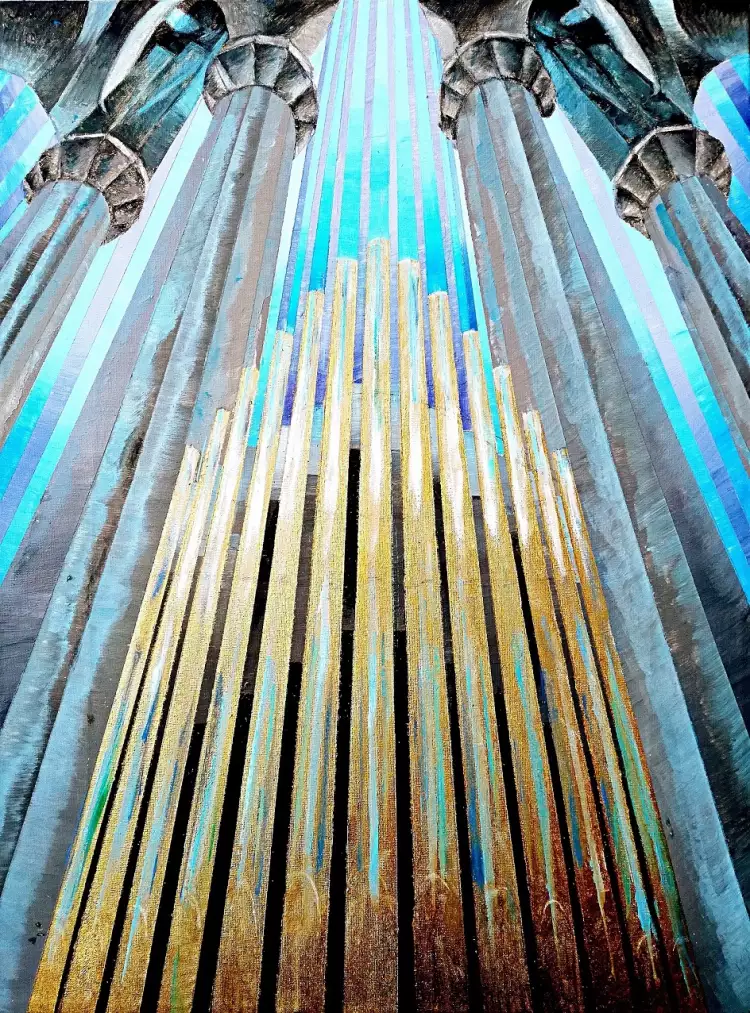 Giovanni Guida. Magnificat, 2018
Giovanni Guida. Magnificat, 2018
Giovanni became fascinated with avant-garde painting during his studies. The work of Max Ernst, the pioneer of grattage and frottage techniques, had a significant influence on Guida's artistic technique. Grattage involves the transfer of a drawing onto a surface using an unsharpened pencil, charcoal, sanguine, or pastel. This technique is familiar to anyone who used to rub the obverse and reverse sides of coins in their childhood and then imprint them on paper. In art, frottage is used to create blurry images that, at a casual glance, can be mistaken for texture.
Guida's early works already demonstrated the master's talent in working with avant-garde techniques. In classic grattage, a drawing is made on paper or cardboard with a sharp object, which is previously covered with wax and inked. The young artist significantly expanded the range of tools and experimented with ordinary sponges, pins, steel brushes, and small metal blocks.
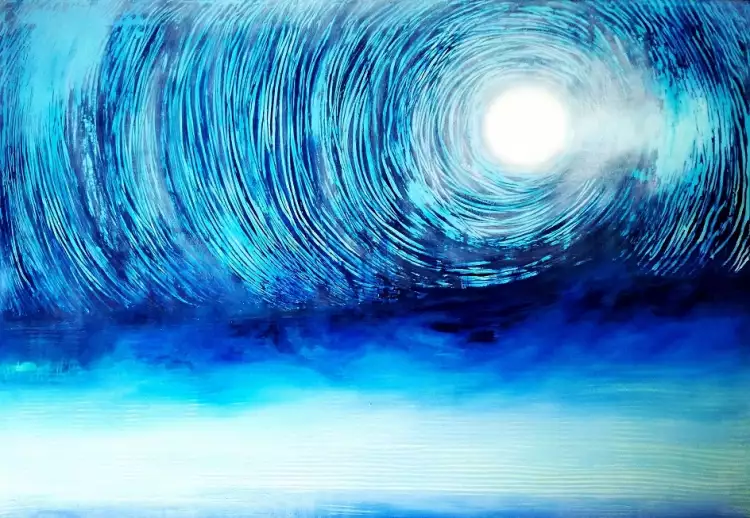 Giovanni Guida. Apotheosis, 2014
Giovanni Guida. Apotheosis, 2014
Guida worked with oil paints and improved the process of applying the drawing. The master abandoned the use of wax and replaced it with resin, which provided better hydroisolation and enhanced the brightness of the image. Layer by layer, the artist applied a ground to the canvas, thus creating several pictorial levels. On top of that, he applied paint and started working before the coating had dried.
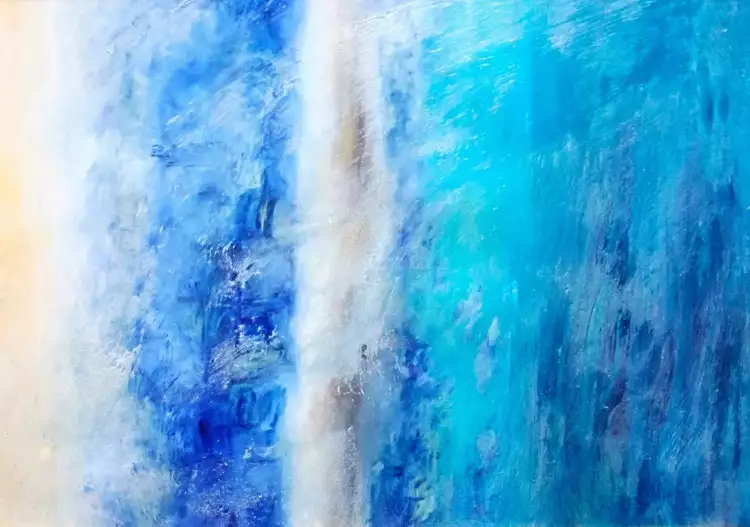 Giovanni Guida. Breath of Life, 2014
Giovanni Guida. Breath of Life, 2014
Using his original methodology, the master achieved a voluminous effect in his images. The painter's artworks are characterized by soft and winding lines that intertwine and form abstract drawings, captivating viewers with their depth of color, plasticity, and expressiveness. The artist's works immediately received the approval of critics who compared Guida's style to the creativity of the German philosopher Arthur Schopenhauer. According to art historians, the artist managed to expose the profound essence of objects, stripping away Schopenhauer's "veil of Maya" that conceals the illusory nature of human existence.
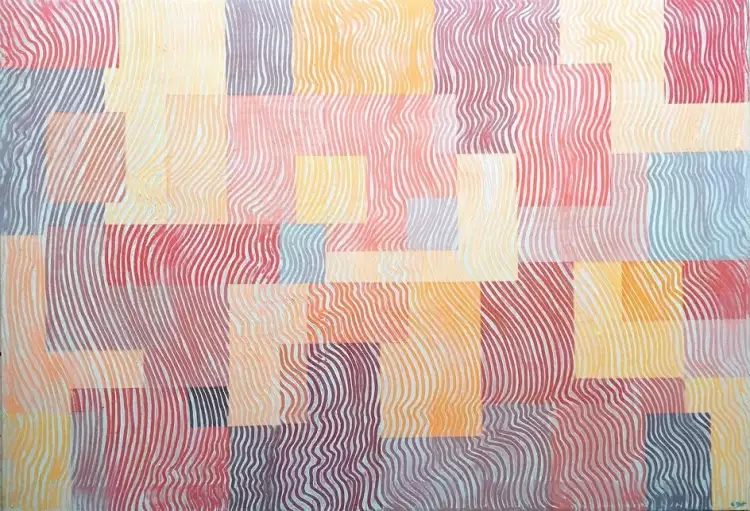 Giovanni Guida. Veil of Maya, 2014
Giovanni Guida. Veil of Maya, 2014
The master gained his initial fame with his project dedicated to Saint Caesarius of Terracina, a young deacon from the Italian city of Terracina, who suffered a martyr's death for his faith in the 1st century of the new millennium. In 2015, a book by Giovanni Guida, published with the active participation of Daniela Pergreffi, a professor at the Academy of Fine Arts in Naples, was released. The biography of the saint was accompanied by the author's illustrations.
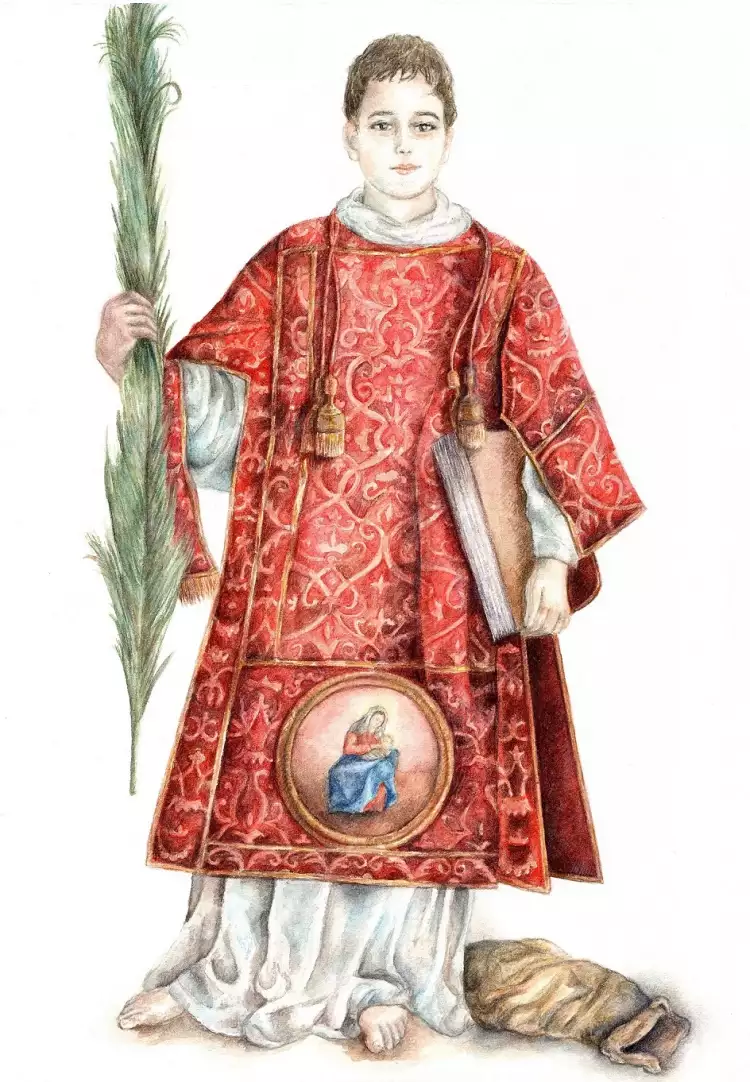 Giovanni Guida. Caesarius Deacon, 2015
Giovanni Guida. Caesarius Deacon, 2015
In 2016-2017, Giovanni Guida's icon "Deacon Caesarius" was exhibited worldwide, including at the Treasury of St. Peter and Alexander in the Abbey of Aschaffenburg, in the cathedrals of Manila and Edinburgh, as well as in the Frederic Marès Museum in Barcelona, Terra Sancta Museum in Jerusalem, and many others. From that moment on, the name of the young artist was mentioned among the best masters in the world working in the grattage technique.
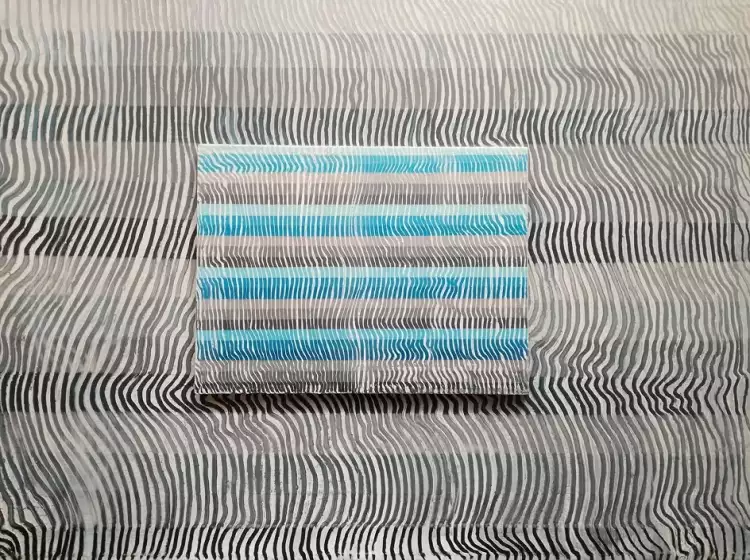 Giovanni Guida. Dionysus, 2014
Giovanni Guida. Dionysus, 2014
In April 2018, Guida's painting "Dionysus" became part of the exhibition "Seven Works of Mercy" held at the Center for Contemporary Art in Naples. A year later, the artist won the "Faces of Politics" competition organized by the Valèci Foundation. The artist's success was attributed to the illustration titled "Diarchy: The Embrace of Matteo Salvini and Luigi Di Maio," where he depicted the leaders of Italian political parties.
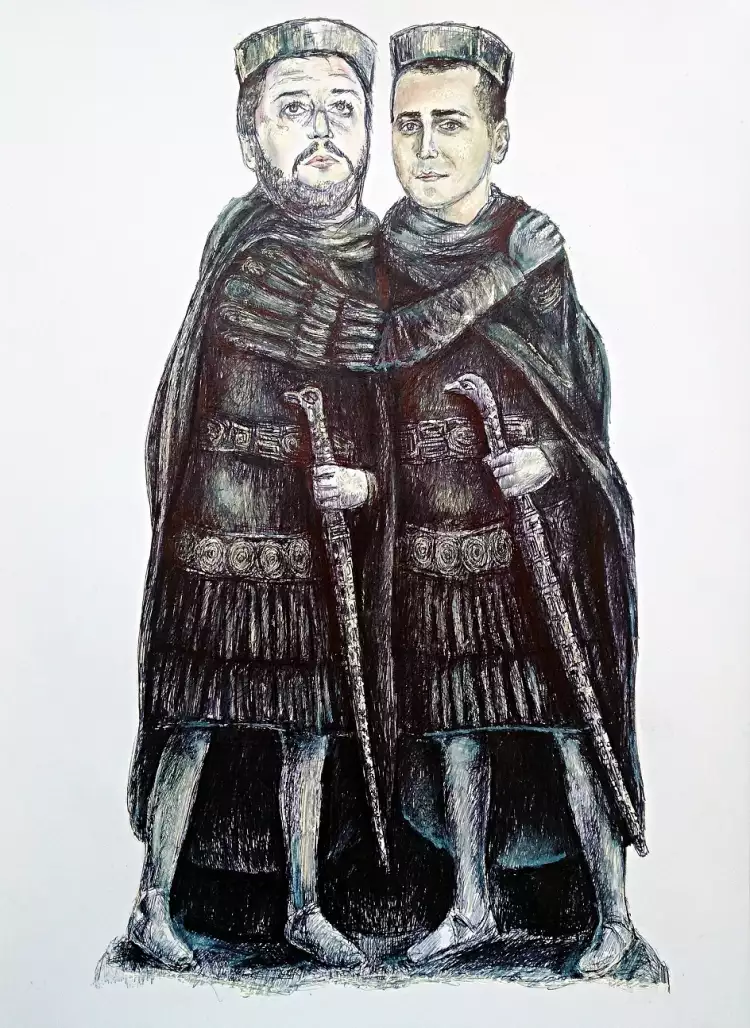 Giovanni Guida. Diarchy: embracing Matteo Salvini and Luigi Di Maio, 2019
Giovanni Guida. Diarchy: embracing Matteo Salvini and Luigi Di Maio, 2019
Giovanni Guida's art gained worldwide recognition in 2020 when a reproduction of his work dedicated to Covid-19 was featured on Wikipedia. The painting became popular on the Internet and appeared in numerous publications about the fight against the coronavirus. The artist explains that he conceived the artwork "as a wish for humanity to overcome the pandemic, rediscover the boundless potential of people, and value society."
Currently, the painter resides permanently in the municipality of Ceza in the Campania region of Italy and teaches painting and art history in Rome. The artist's recent works are dedicated to the image of Dante Alighieri. In 2021, the world commemorated the 700th anniversary of the great poet's death, and events related to this date took place throughout Italy.
The Most Famous Paintings by Giovanni Guida
Among the artist's favorite themes are Ancient Rome, the history of religion, politics, and issues of modern society. The master finds inspiration in architectural monuments, frescoes of ancient churches, and sculptural groups installed in Italian squares.
Among Giovanni Guida's most famous paintings are:
- "Apotheosis" (2014) - one of the artist's unusual landscapes. At the center of attention is a bright white sphere that could be the Moon or the Sun. The glowing point attracts the gaze and immerses the viewer in a whirlwind of vibrant colors of the sky, which appears vivid and voluminous.
- "Dionysus" (2014) - the winding lines in opposite directions evoke both the pagan god of Ancient Greece and Dionysius the Areopagite - the first bishop and patron saint of Athens.
- "Diarchy" (2019) - symbolizes the unity between the political parties "Lega Nord" and the "Five Star Movement."
- "God Dematerializes the Molecular Structure of the Covid-19 Coronavirus" (2020) - against a dark and ominous sky, the Lord is depicted, decisively destroying the virus's shell with a powerful gesture. "The Almighty is seized by a swift wind, a symbol of divine power, which billows the drapery of His cloak: with His hand, He is ready to heal the deep wound of humanity through angelic judgment. This gesture gives birth to new life and teaches us to sublimate all negative states in order to draw lessons from them," describes the author himself.
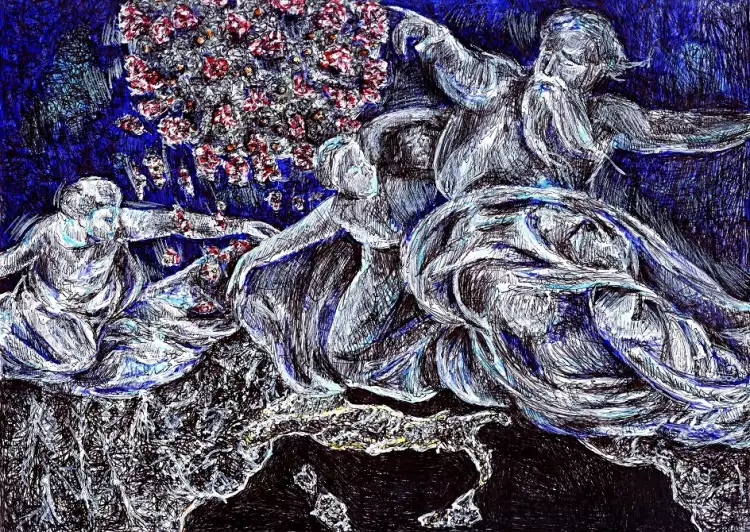 Giovanni Guida. God Dematerializes the Molecular Structure of the Covid-19 Coronavirus, 2020
Giovanni Guida. God Dematerializes the Molecular Structure of the Covid-19 Coronavirus, 2020
Giovanni Guida is one of the few contemporary artists who received recognition at the very beginning of his career. In his work, the master intricately combines the secular with the spiritual and, through unusual artistic techniques, prompts viewers to contemplate divine forces, the meaning of life, and humanity's mission on this planet.
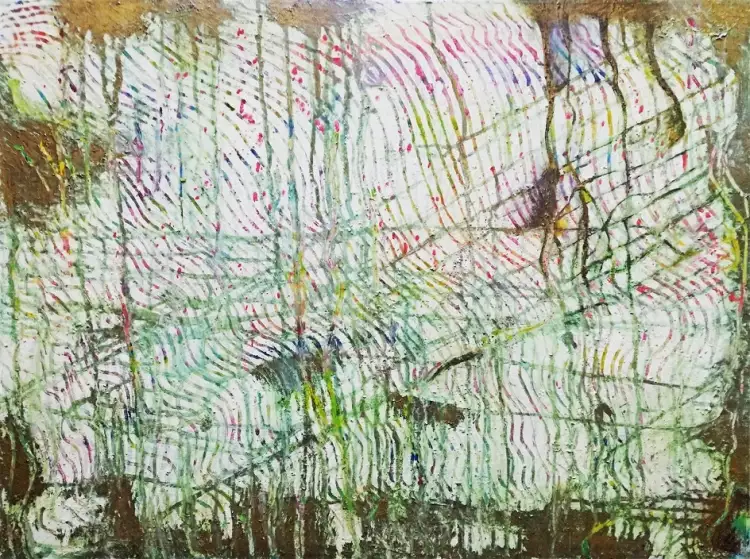
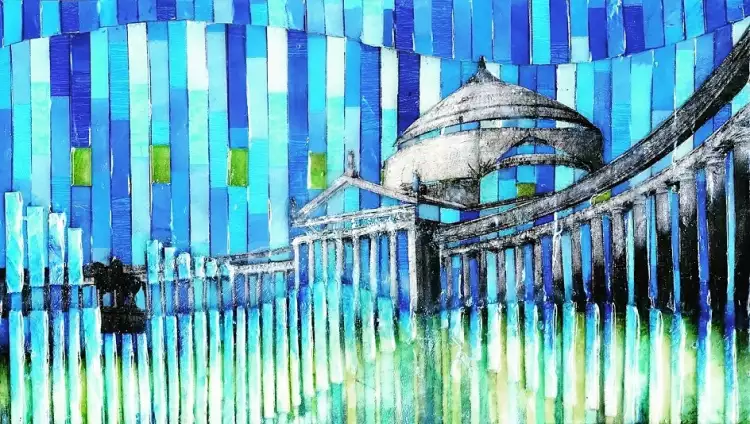
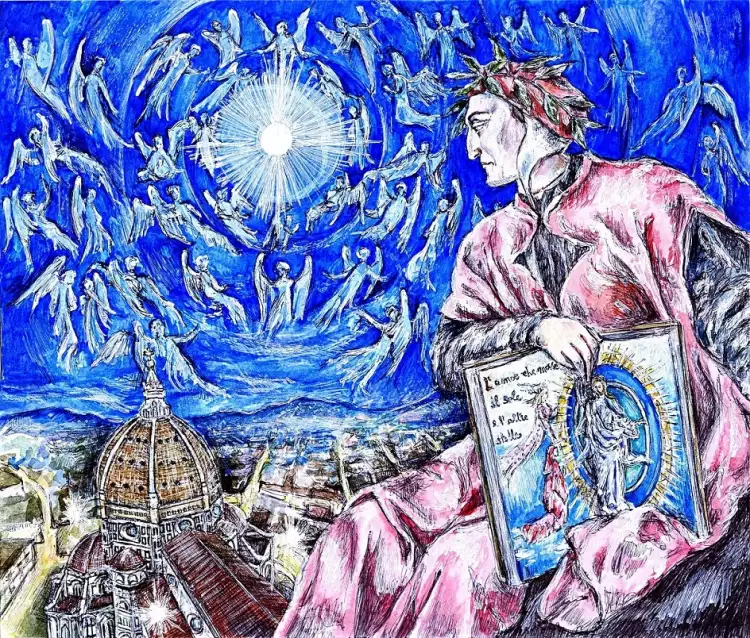
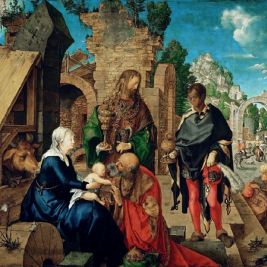 Art: its essence, types, genres, and history
Art: its essence, types, genres, and history 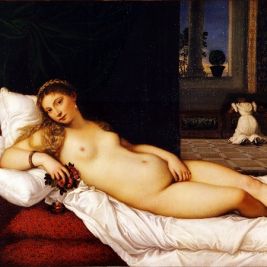 Genre of Nude in Painting: Evolution and Historical Trends of the Nude Style
Genre of Nude in Painting: Evolution and Historical Trends of the Nude Style 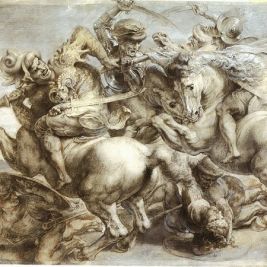 Graphics: its essence, types, and history. Notable graphic artists
Graphics: its essence, types, and history. Notable graphic artists  Silver - a noble metal
Silver - a noble metal 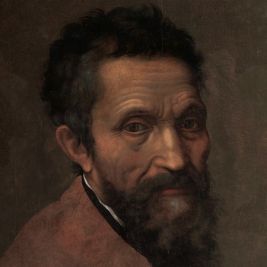 Top 10 Most Iconic Sculptors in the World
Top 10 Most Iconic Sculptors in the World 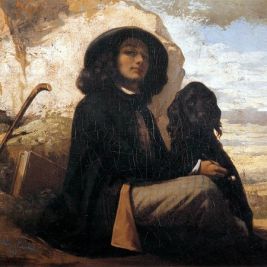 Gustave Courbet: Biography, Artistic Works, the Artist's Best Paintings
Gustave Courbet: Biography, Artistic Works, the Artist's Best Paintings  Luxury Cars at Monterey Auctions: A Showcase of Iconic Vehicles
Luxury Cars at Monterey Auctions: A Showcase of Iconic Vehicles 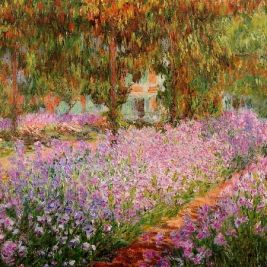 Impressionism in painting, or The Catchers of the Beautiful Moment
Impressionism in painting, or The Catchers of the Beautiful Moment 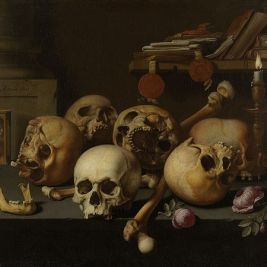 Vanitas is a genre of art that prompts the viewer to contemplate the inevitability of death
Vanitas is a genre of art that prompts the viewer to contemplate the inevitability of death  Bold Rebranding: A 2024 Design Trend Shaping Brand Identities
Bold Rebranding: A 2024 Design Trend Shaping Brand Identities